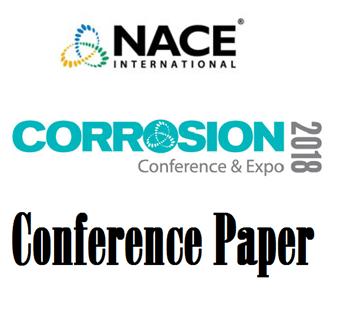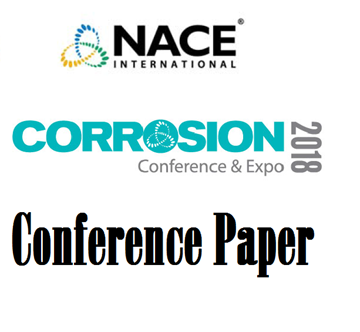Search
Cathodic Protection Monitoring In Water And Wastewater Systems
Also Purchased
51318-11584-CATHODIC PREVENTION-PROTECTION OF STEEL IN CRACKED CONCRETE
Product Number:
51318-11584-SG
Publication Date:
2018
$20.00
51318-11271- AC Corrosion Control: When Too Much Cathodic Protection Might Just be a Bad Thing!
Product Number:
51318-11271-SG
Publication Date:
2018
$20.00
Cathodic Protection -Based Solutions For Corrosion Prevention Of “Green Aluminum” Alloys
Product Number:
51322-17823-SG
Publication Date:
2022
$20.00
Recently viewed




